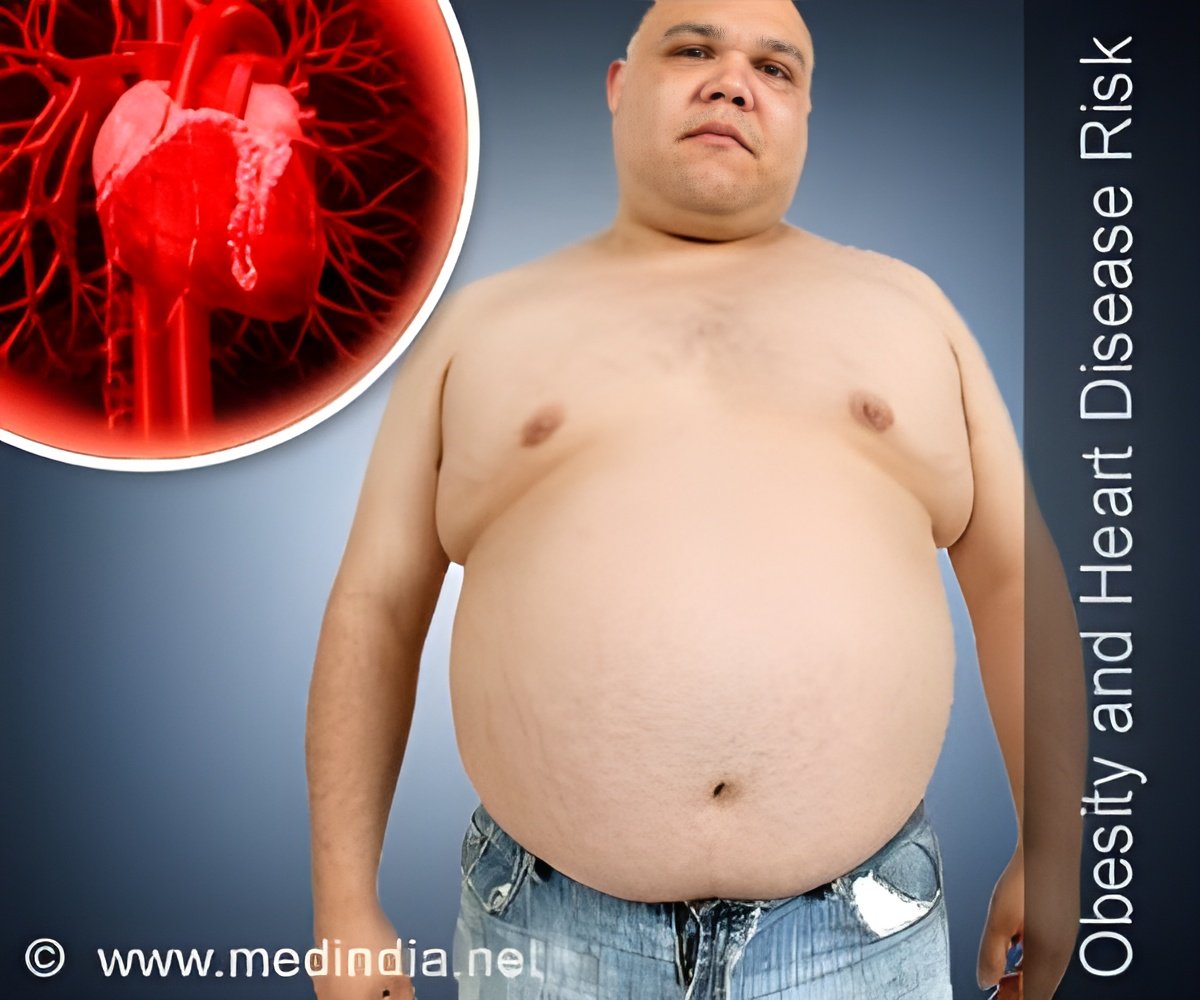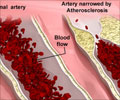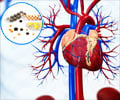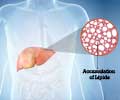Possible causative factors of atherosclerosis other than those related to modern lifestyles has become the focus of attention of scientists.

Progerin appears to be expressed in vascular cells, resulting in vessel wall cell loss and replacement by fibrous tissue, impairing vessel function and promoting calcification, leading to the vascular dysfunction and atherosclerosis seen in HGPS. Interestingly, vascular progerin is detectable in lower levels, in an age-related manner, in the general population, providing the basis for further study of the potential role of abnormal forms of lamin A in the atherosclerotic process of normal aging.
The authors ask: "As HGPS patients and many of the ancient humans in the Horus Study demonstrate atherosclerosis without intense exposure to conventionally accepted vascular risk factors, could they together provide insight into the biological processes that more generally contribute to the development of age-related vascular disease?"
They add: "The observations of severe vascular disease occurring at a very young age in HGPS patients and the detection of progerin in non-HGPS coronary artery disease together suggest that at least a part of an inherent human predisposition to atherosclerosis may be attributable to the vascular effects of progerin and/or other abnormal lamin A forms. That such a basic human propensity to the disease exists should not be surprising, perhaps. Clinically, the occurrence of serious disease states related to atherosclerosis, such as acute coronary and stroke syndromes, is not uncommonly observed in modern patients lacking obvious vascular risk factors. In explaining these patients' situations, medical providers often vaguely cite complex genetic risk, 'bad luck', or other, unrecognised factors. It is tempting to speculate that age-related vascular progerin production may be a specific, possibly even major, example of such factors."
From the observations in this paper, the authors propose a paradigm of atherosclerosis, in four parts:
1) The development of atherosclerosis in humans is an inexorable process, perhaps in part related to progressive, age-related progerin and/or other abnormal lamin A expression and accumulation.
Advertisement
3) The background rate of the development of atherosclerosis may be accelerated to varying degrees by multiple factors, many of which may be interrelated, including modern vascular risk factors (e.g., sedentary lifestyles, obesity, tobacco use, hypertension, metabolic abnormalities), chronic infections/inflammation (perhaps particularly relevant to ancient peoples), and genetic predispositions that have been found to be associated with higher risk of clinical vascular disease.
Advertisement
The Horus Team plan to probe for the presence of progerin in ancient human mummy tissue samples, and, if detectable, to evaluate possible correlations of age and protein expression, as well as progerin detection and radiographic signs of atherosclerosis.
Dr Miyamoto concludes: "It is perhaps ironic that humans living thousands of years ago, as well as modern children suffering an extremely rare genetic disease may together help to shed light on some of the fundamental processes that underlie one of the most common diseases of modern humans. If, from such investigations, our understanding of vascular disease is significantly advanced, perhaps forming the basis for novel preventive treatments, we will owe a debt of gratitude to both these ancient peoples and those with HGPS."
Source-Eurekalert














